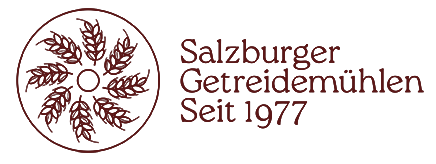Everyone loves the smell of freshly baked bread. So tempting that you want to cut a slice right away. But where does …

Who consumes which and how much protein, and when, is a frequently discussed topic – not only among athletes and those interested in nutrition. After all, nutrition affects every one of us. And who would have believed that cereals also contain quite a bit of protein?
Most often, the “carbohydrate stamp” is put on cereals and cereal products such as bread or pasta, which is true. Because in terms of quantity, of the macronutrients (carbohydrates, proteins, fats), carbohydrates make up the largest part. They provide energy. The fiber and the valuable vitamins and minerals in the whole grain are also components not to be forgotten.
But now to the real question: How much protein is in cereals?
First of all, proteins – biochemically called proteins – serve our body primarily as building materials for bodily substances and are therefore of particular importance to us. The basic building blocks of proteins are amino acids, which are combined with each other. Proteins are therefore of great importance because part of these amino acids is essential for the human body.
The content of protein in cereals and cereal products is between 7 and 13%. This protein content is relatively high compared to other foods of plant origin. [1]
For example, contain
As you can see, there is quite a bit of protein in grains as well.
“All grain products combined provide about 25 to 30 percent of our daily protein needs, making them among our most important sources of protein. ” [2] If we consume sufficient whole grains and products.
And in order to absorb the protein from (whole) grains even better, it is best to combine it with other foods. The biological value plays a role here. But you can read more about this in
this
article:
Biological value – What is the best combination of cereals?
credentials
[1] Koerber, K., Männle, T., Leitzmann, C. (2004): Whole food nutrition : conception of a contemporary and sustainable diet. Stuttgart: Haug, p. 244
[2] Münzing-Ruef, I. (2000): Course book healthy eating. The kitchen as nature’s pharmacy. Munich: Wilhelm Heyne Verlag, p. 292
http://www.sge-ssn.ch/media/Proteine-2019.pdf
https://agrisan.at/de/biologische-wertigkeit-womit-kombiniere-ich-getreide-besten/
https://www.dge.de/wissenschaft/weitere-publikationen/faqs/protein/?L=0#c5267
https://www.gu.de/media/media/40/01627514066527/9783833847974_leseprobe.pdf
Everyone loves the smell of freshly baked bread. So tempting that you want to cut a slice right away. But where does …
What is the difference? White flour:When the bran, i.e. the marginal layers, and the valuable germ are removed from the grain, we …
Hello and greetings! Also in the life of a mouse it is important to be always up to date and well informed. …
When it comes to eating breakfast, each of us has our own habits, certain preferences or maybe even skips the morning meal …
Address:
Gasteigweg 25,
5400 Hallein
Austria
Opening hours:
Monday to Thursday: 09 – 16:00
Friday: 09 – 12:00
Contact:
Phone: +43 6245 83282
E-Mail:
info@agrisan.at



